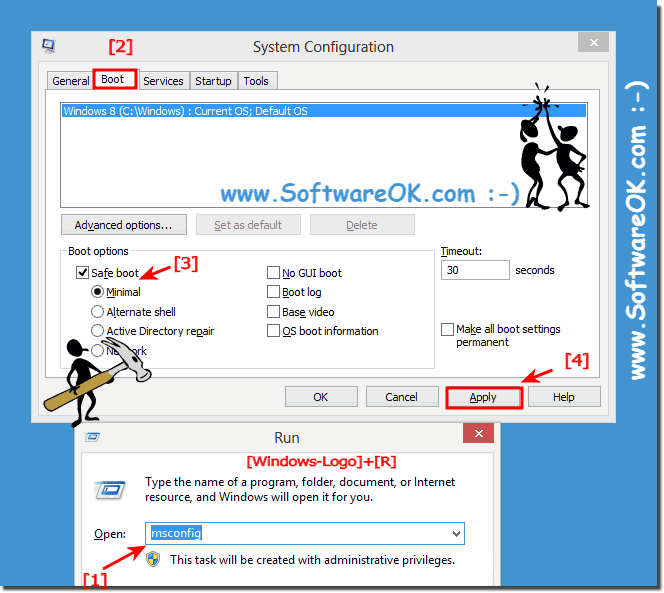

Method 2: When you’re already in Windows 10 Press the number key for the Safe Mode that you want. The first Safe Mode options should be 4, with the other Safe Mode options following after. Step 3: Windows should now open up to a new window that says Startup Settings and includes a list of different options. First choose Troubleshoot, then Advanced options, then Startup Settings, and then Restart. From here you will need to go through a few different menus to find the right restart option. Step 2: Windows should revert to a window that says Choose an option (it may take a little time so don’t try anything until you see this). A small box should pop up with a few different shut down options. Step 1: From the login screen, hold down Shift, and then click the power button on the screen (not your physical power button on the PC or laptop). If you are still on the login screen, this is an effective way to quickly boot into Safe Mode - and it may also work if Windows has suddenly frozen or programs like Outlook have become unresponsive. Method 1: From the login screen or when frozen
Boot windows 10 in safe mode how to#
Make sure you know how to use the Command Prompt before accessing this mode. This is good for more badly damaged operating systems or technical work where you know the precise command lines necessary to find a problem or launch a specific service.
Boot windows 10 in safe mode drivers#
Safe Mode with Networking: This is a mode that adds the necessary drivers and features to access networks.That makes the computer safer from malware that may be able to move through local networks (like the WannaCry ransomware appeared capable of doing). It doesn’t allow for many advanced features, including connections with other computers or devices. Safe Mode: This is the basic version that strips away all unnecessary programs and only autostarts a few chosen files and drivers to get the basic system running.Need to work from the road? Here are the 5 best laptops with LTE Top 10 Windows shortcuts everyone should know


 0 kommentar(er)
0 kommentar(er)
